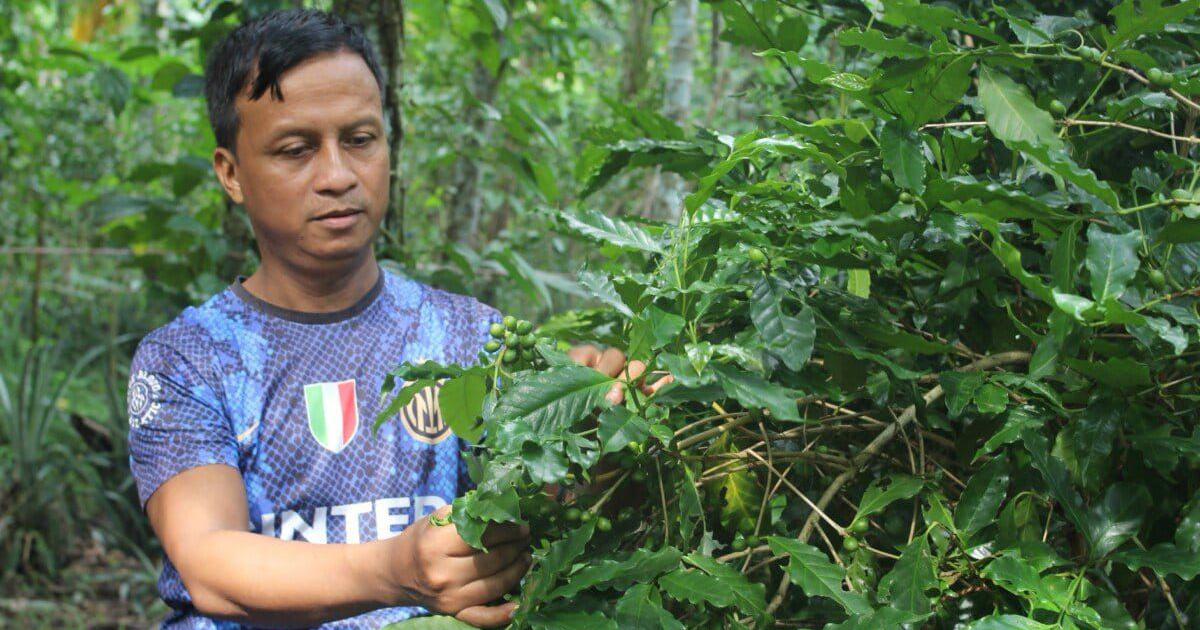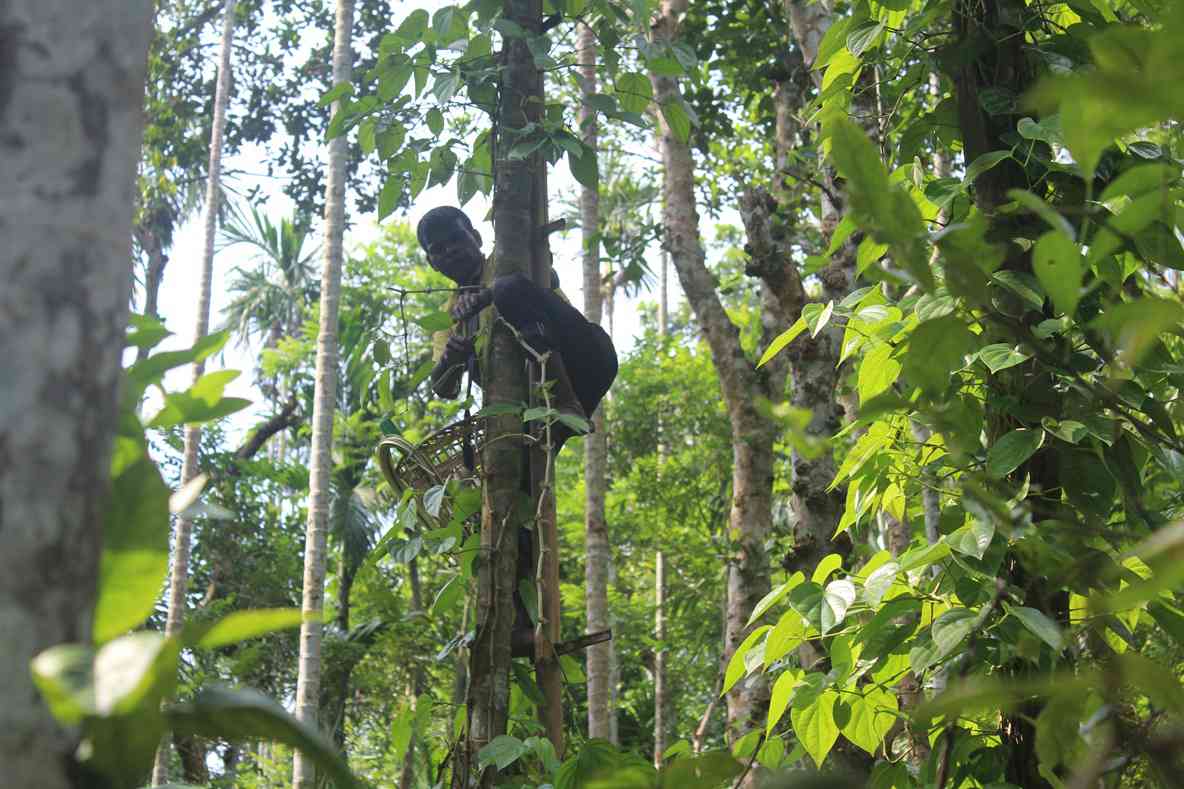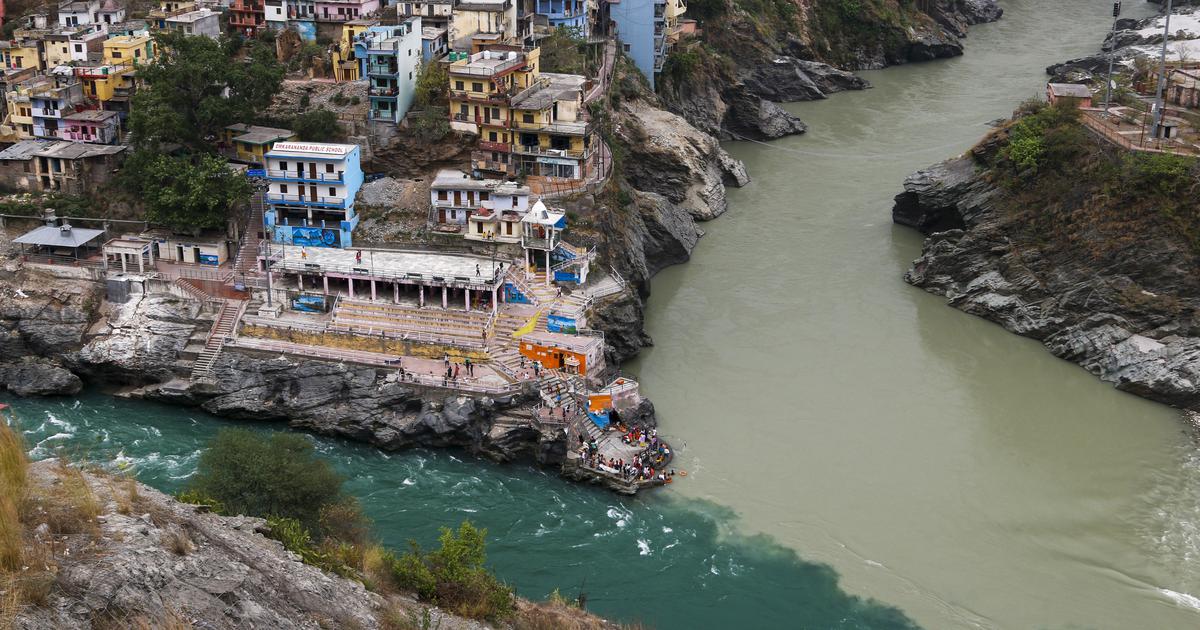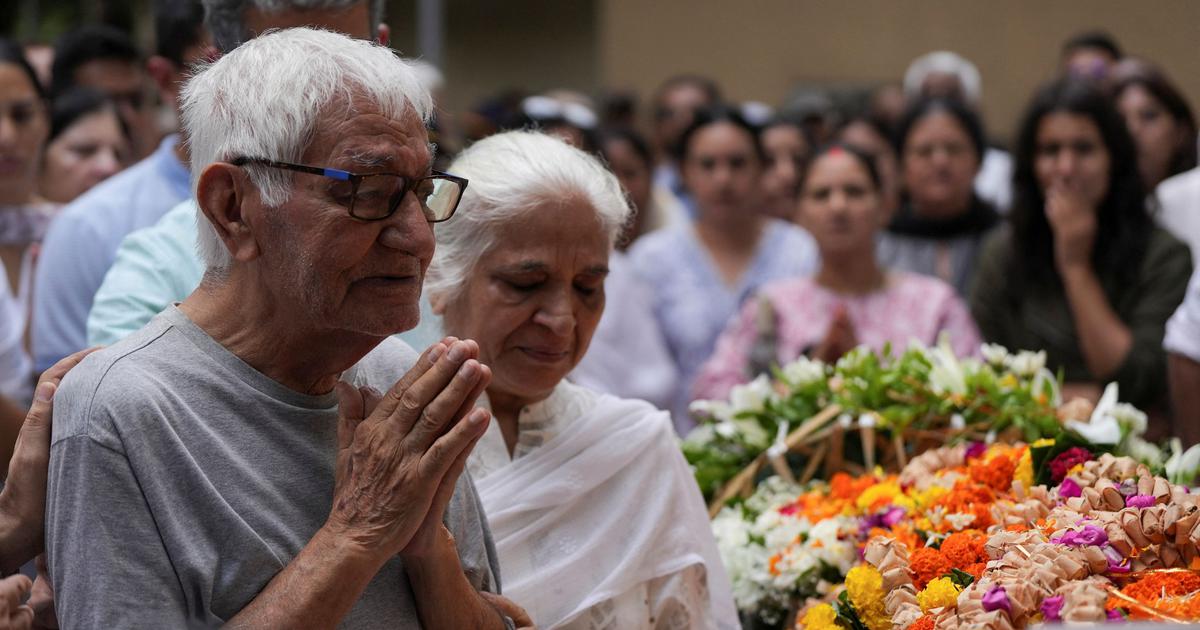How long can Bangladesh’s indigenous Khasis sustain their forest-based ways of life?

Join our WhatsApp Community to receive travel deals, free stays, and special offers!
- Join Now -
Join our WhatsApp Community to receive travel deals, free stays, and special offers!
- Join Now -

Bangladesh’s northeastern corner, as shown on Google Maps, features irregular green patches: pale green swaths and smaller deep green pockets.
In or around each deep green area lies a Khasi village, or punjee, with tin-roofed cottages on hillocks, indicating homes to one of Bangladesh’s Indigenous communities.
The Khasis live on betel leaf-based agroforestry, now strained by drought and erratic rainfall. To sustain, they seek incentives as they protect carbon-absorbing forests.
Gidison Pradhan Suchiang, president of Khasi Social Council – representing myntris or heads of 65 Khasi punjees in Sylhet region, tells Mongabay, “If we fail to continue with our livelihood, we will no longer protect the forests.”
How do the Khasis conserve these forests? Let’s step inside.
A vast canopy of an evergreen forest towers overhead, with native timbers rising high. Three to six meters (10 feet-20 feet) below lies a lush green carpet of herbs and shrubs, cut through by at least one live stream (chhara).
Birds like the emerald dove (Chalcophaps indica) and the oriental dwarf kingfisher (Ceyx erithaca) dart through branches, while butterflies hover. Troops of hoolock gibbons (Hoolock hoolock) or capped langurs (Trachypithecus pileatus) are seen occasionally.
And there are vibrant betel vines (Piper betle), twining upward from the bases of the woody mother trees.
Among them, Khasi men move with bamboo baskets strapped to their backs. They prune the excess foliage to allow sunlight to...
Read more
What's Your Reaction?
 Like
0
Like
0
 Dislike
0
Dislike
0
 Love
0
Love
0
 Funny
0
Funny
0
 Angry
0
Angry
0
 Sad
0
Sad
0
 Wow
0
Wow
0























































